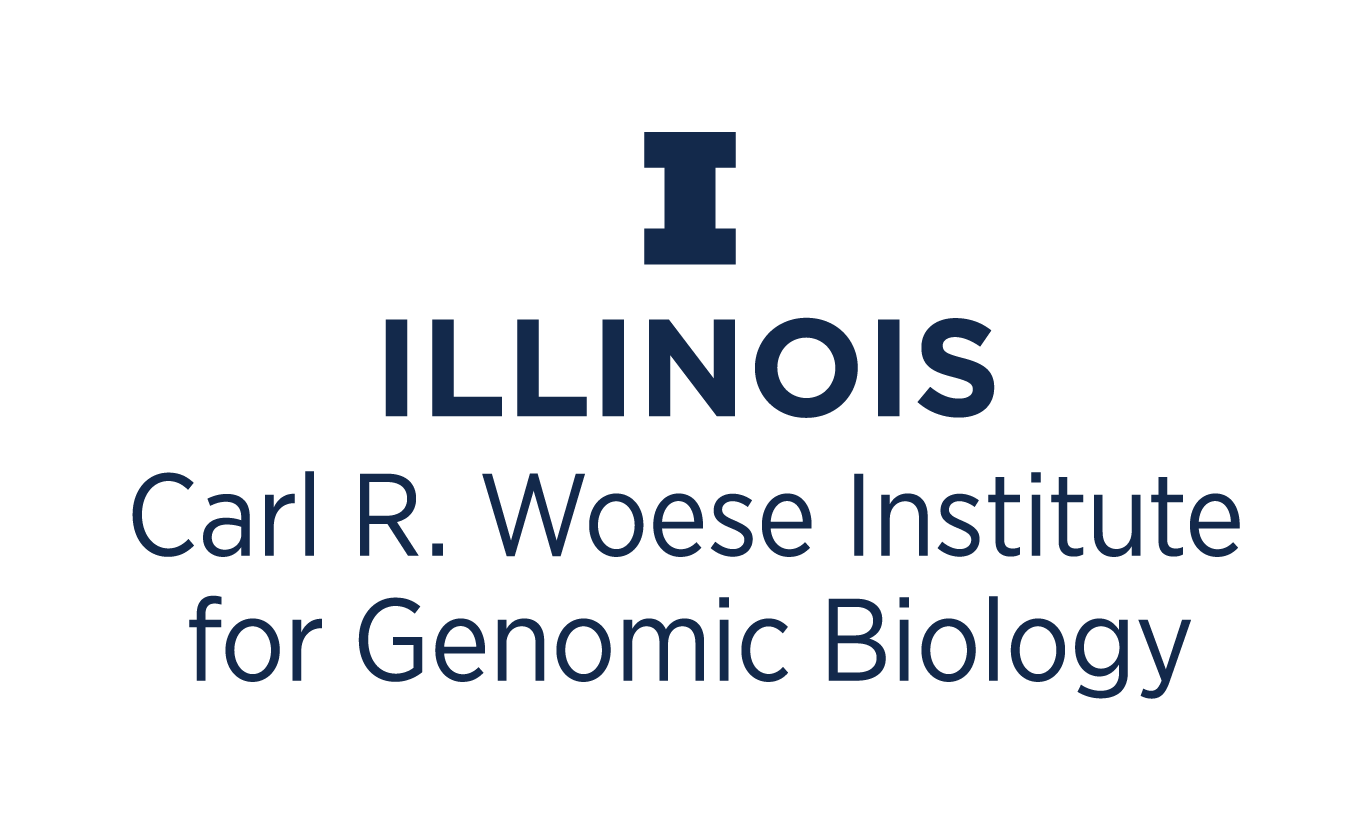One Health which recognizes the fundamental dependence of human health on the health of agricultural, industrial, and natural ecosystems. Microbes form hidden linkages that connect these ecosystems and shape their health and disease. Predictive models for the movement of genes, genomes, and microbes among these interconnected microbial ecosystems are desperately needed to develop strategies to address urgent and critical threats to human health including
- Antimicrobial Resistance,
- Emergence of Infectious Disease,
- Transmission Dynamics in a Changing World.
- Maintenance of healthy microbial communities
Our aim is to develop a broad and predictive framework for infection biology that will directly address these challenges.
The study of healthy and diseased microbial ecosystems has been traditionally siloed by methodologies, funding resources, and culture. We aim to connect academic, agricultural, and industrial spheres with coordinated application of novel methods and integration of the resulting big data in a single predictive systems-framework based on ecological and evolutionary principles. Toward this end, the Infection Genomics for One Health (IGOH) theme supports cross-disciplinary collaborations among researchers in ecology, evolution, microbiology, virology, biomedical sciences, agricultural and food sciences, entomology, engineering, and anthropology.
Together we will harness high-throughput, genome-based methods to quantify the spatial and temporal dynamics of both free-living and host-associated microbes important to One Health. We extend principles of ecology and evolution across a series of nested hierarchies, analyzing the dynamics and interactions at the gene, genome, organismal, population, community, and landscape levels through network and community models. At each level, we consider both within- and between-host microbial dynamics.
Our primary objectives are to:
- Identify reservoirs, transmission routes, demographics, and dynamics of genes, genomes, and microbial organisms in changing natural, human, and agricultural ecosystems.
- Determine how social-behavioral networks of host organisms influence microbial transmission and microbiome resistance to invasion by pathogens.
- Identify the adaptive significance of microbial associations in a changing landscape and forecast microbial responses to global change that modulate symbiotic interactions.

